BOOKS
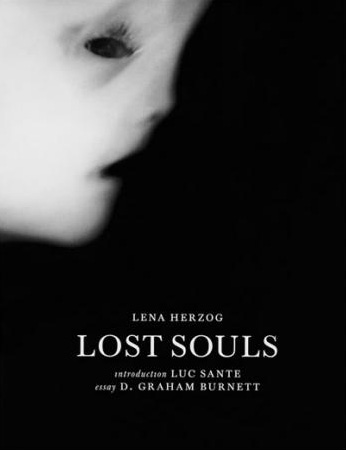

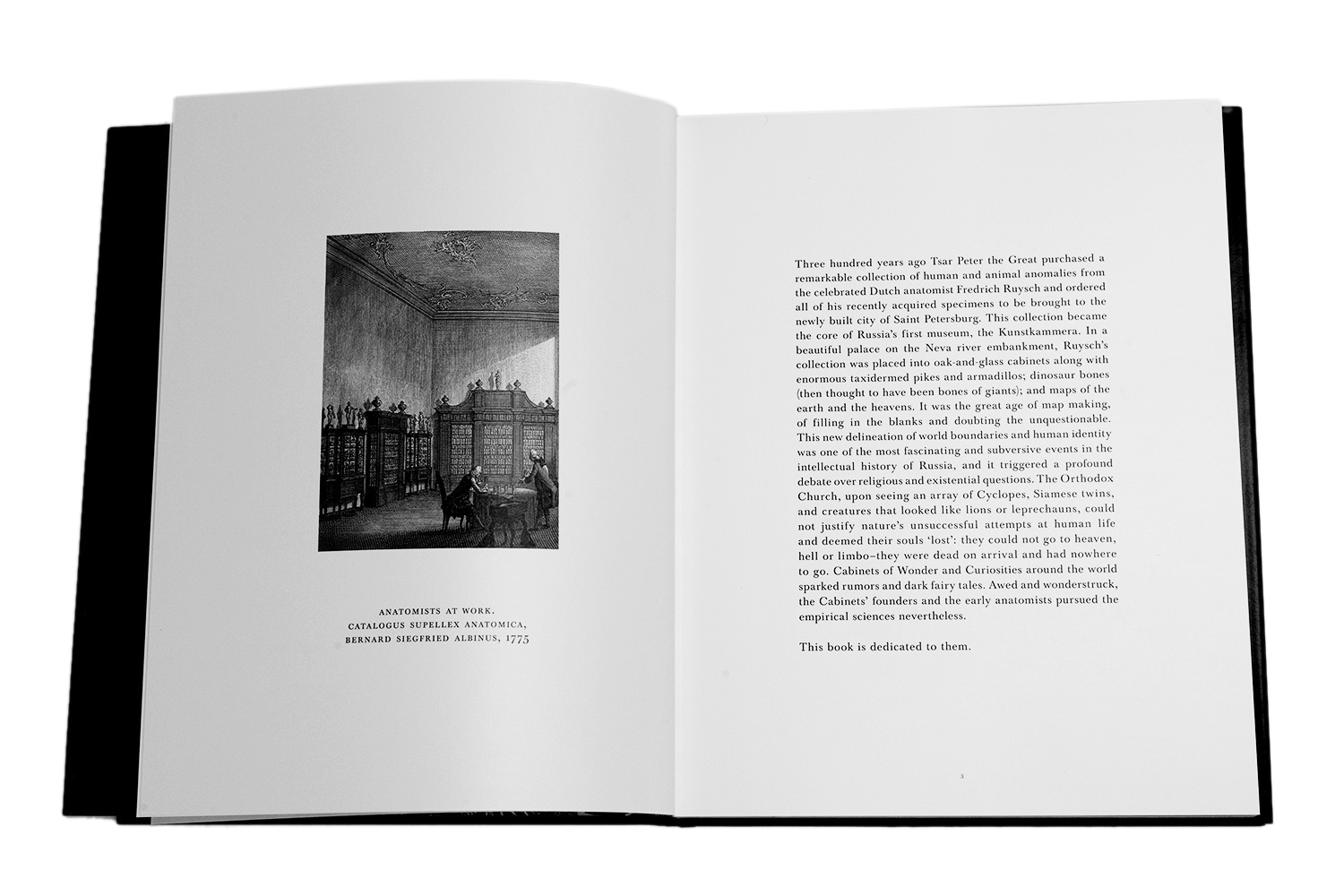

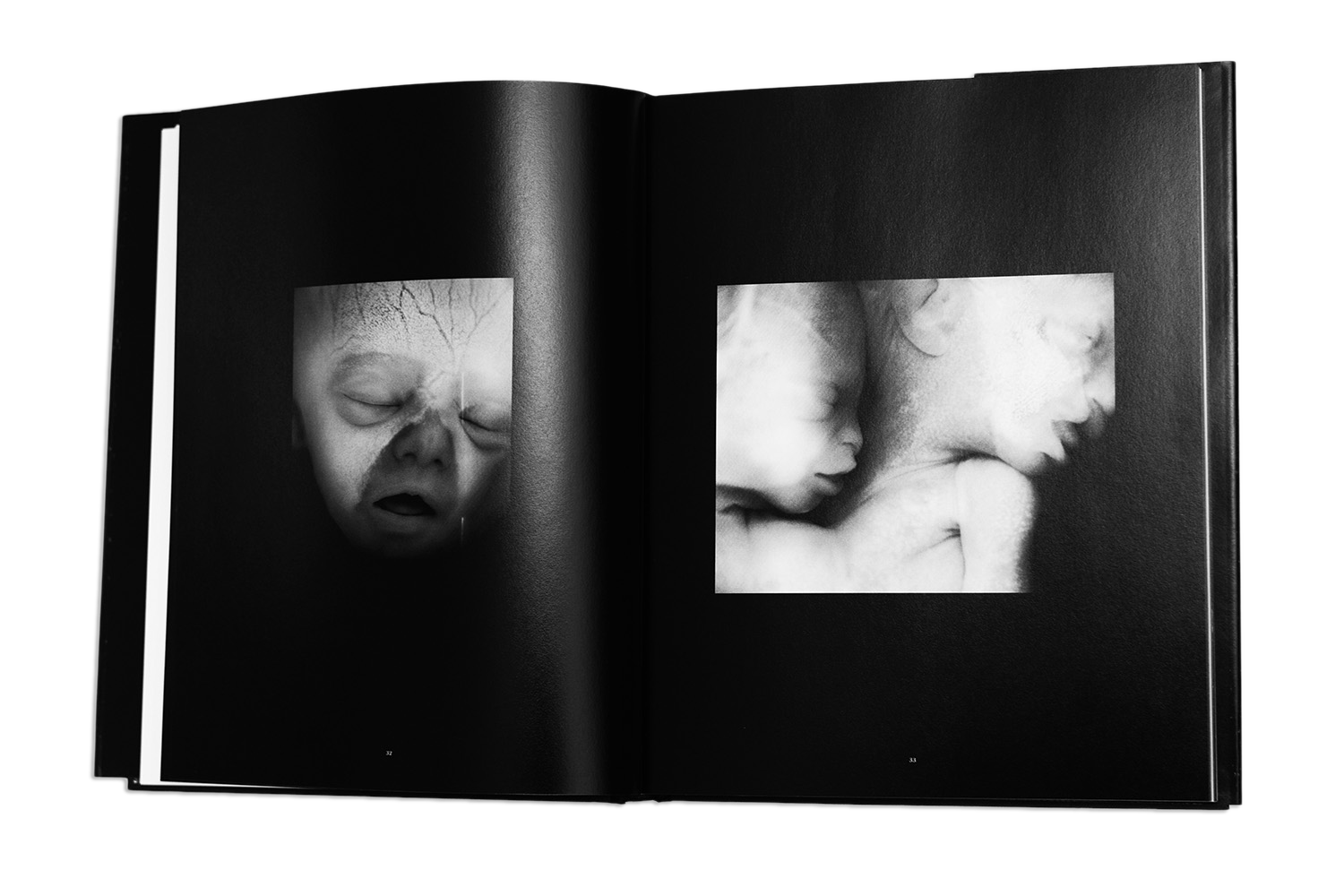

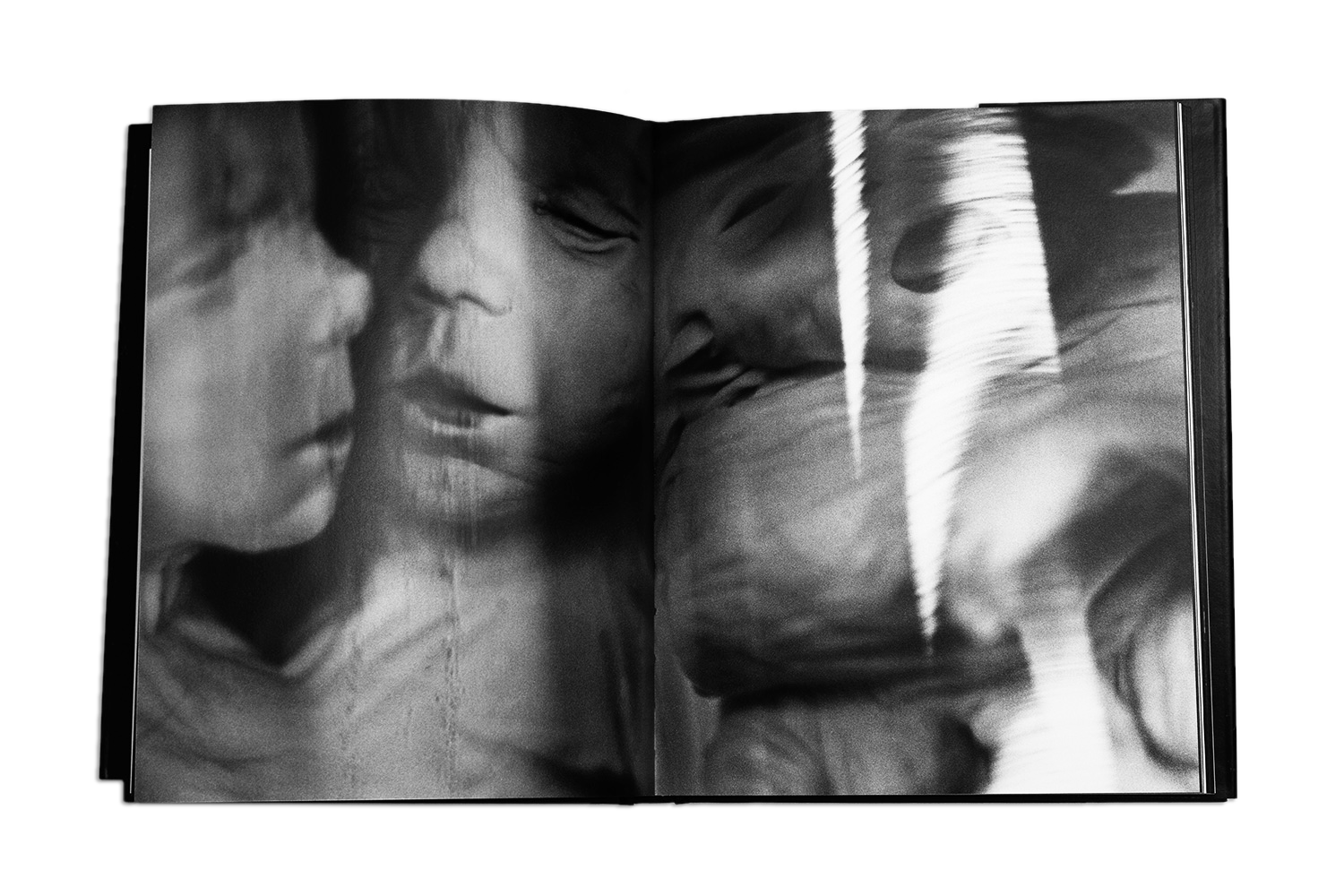
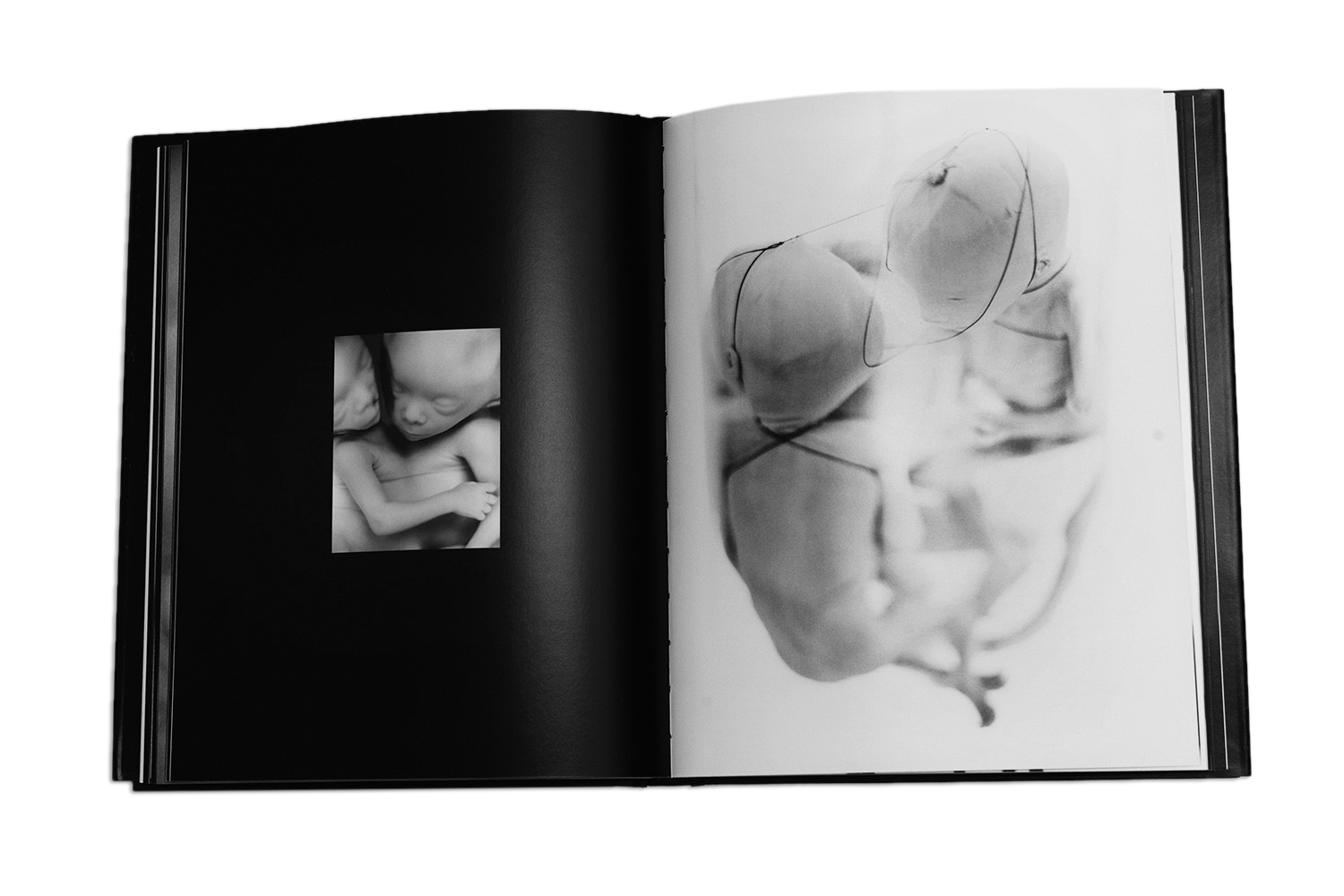
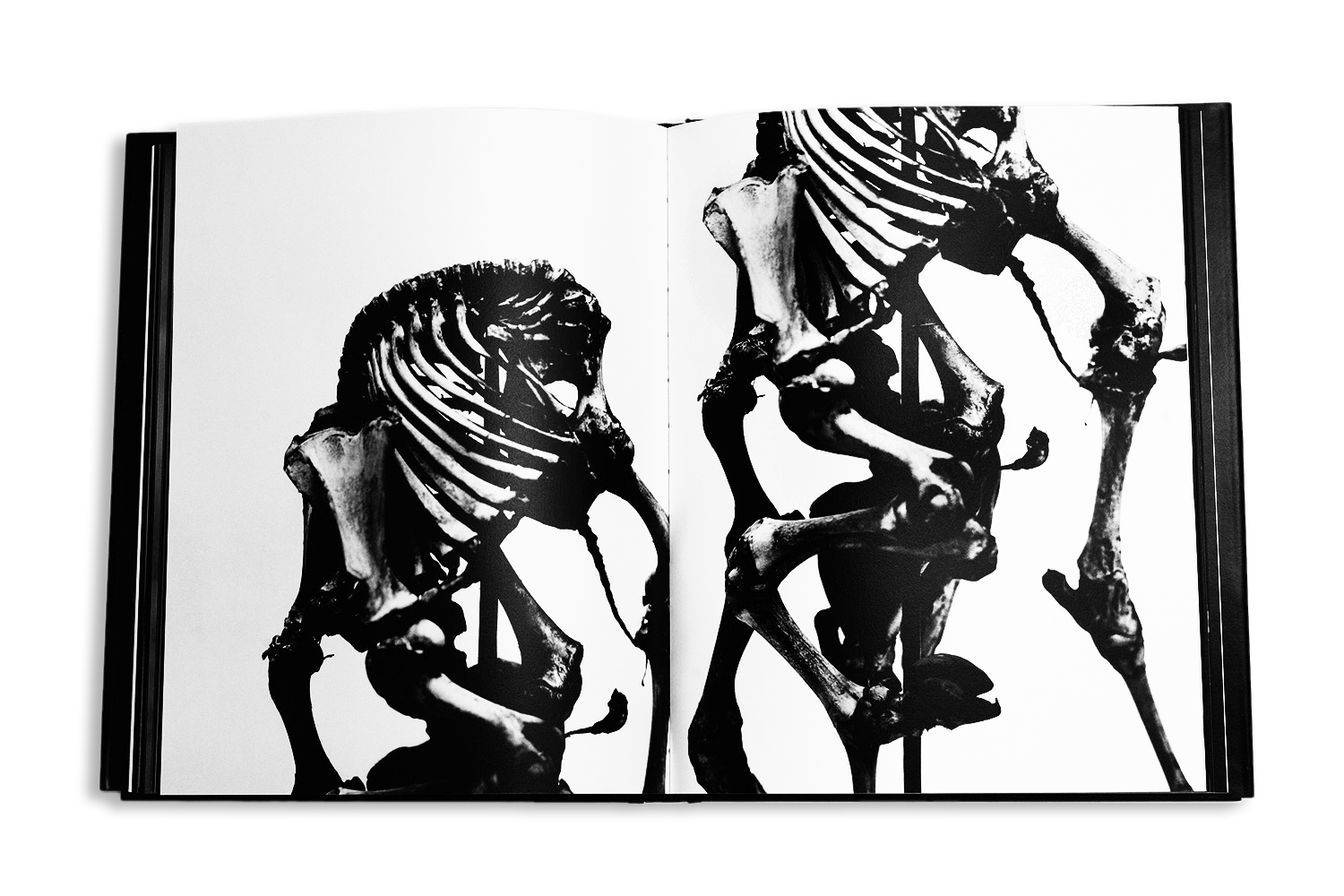
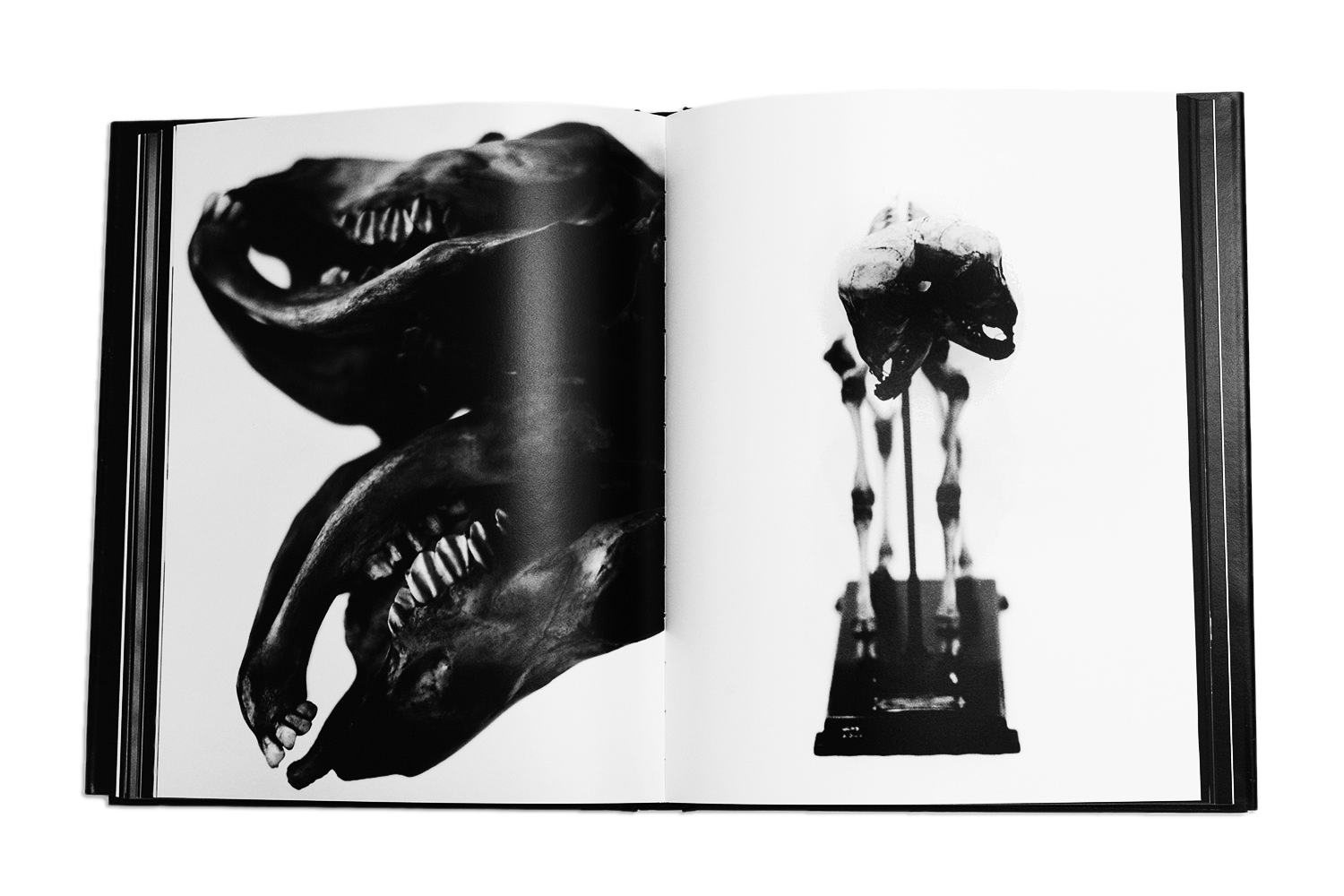

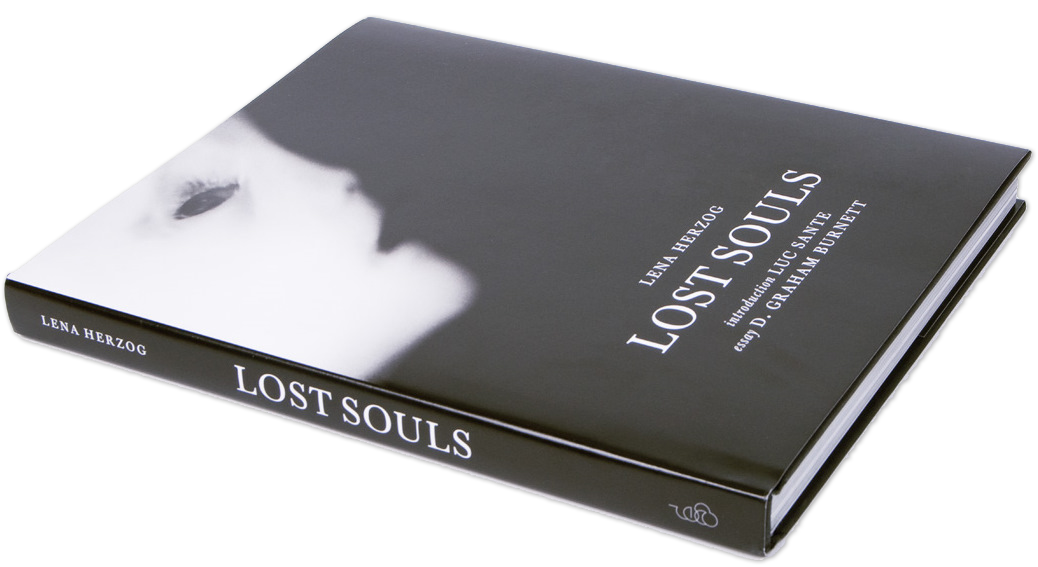
LOST SOULS
By Lena Herzog
with essays by Luc Sante and Graham Burnett
An album of 105 black and white photographs by Lena Herzog
Published in 2010 by de.MO in conjunction with the exhibition at the International Center of Photography, New York
Images from Cabinets of Wonder & Curiosities around the world
"Lena Herzog may or may not invest in a transcendental order, but her vision is profoundly humane. After the initial shock imparted by these photographs by virtue of their subjects, what comes across is their tenderness."
—Luc Sante
“If her theme is macabre, Herzog’s vision is vigorously redemptive, reanimating flesh with light, surrounding faces with incandescent auras. Even as it exposes them, light seems to emanate from some of the specimens, as if a transubstantiation had occurred; Herzog exalts what Christian church authorities once condemned as an unholy practice, conveying something close to ecstasy. While she cannot pose her subjects, she casts them in blatant religious iconography. Light refracted through liquid splashes halos on faces, and captures one in the attitude of supplication. In these photographs illumination is so pure and radiant it recalls the paintings of Caravaggio, velvety blacks and glowing whites joined in dramatic chiaroscuro.”
—Kathryn Harrison
The New York Times Book Review
Lost Souls records Lena Herzog’s journey into a world rarely seen by outsiders: cabinets of wonder and curiosities (Kunstkammern and Wunderkammern) which include the world’s earliest medical museums, where oddities have been closely guarded for centuries.
Established in the early 18th century, Russia’s first Kunstkammer triggered a profound debate over religious and existential questions. The Orthodox Church, faced with a collection of Cyclopes, Siamese twins, and creatures that looked like lions or leprechauns, could not justify nature’s unsuccessful attempts at human life and deemed their souls lost: they could not go to heaven, hell or limbo–they were dead on arrival and had nowhere to go.
Herzog was granted access to the Wunderkammern around the world and has photographed the mysteries they contain with a sense of beauty, wonder and tenderness. Her subjects are mostly infants born with genetic defects that prevented their survival, and although they have been preserved as scientific specimens, some for hundreds of years, they are profoundly transformed through Herzog’s lens into beings that mirror our own fears and existential dilemmas.
Herzog follows this portrait gallery of sorrows with images of the skeletons and bones of various creatures–both warm and cold-blooded–and continues the journey with views of some of the unusual subjects on display in the curiosity cabinets. The final section, The Mice Orchestra, or The Rhapsody of Death, shows a diabolically witty scene, an actual 19th century installation from the Anatomy Museum of the Leiden University Medical Centre that has been hidden in the museum’s catacomb storage for years.
Herzog uses a combination of unique processes for developing her negatives and printing her photographs, resulting in images with tonal subtleties, palpable texture, superb clarity and resonance. This book reproduces Herzog’s prints that were exhibited at the International Center of Photography in New York in 2010.
Contents:
Introduction by Luc Sante
Essay by D. Graham Burnett “Where are we?”
Photographic Essay(one hundred and five vintage gold & selenium toned prints) by Lena Herzog